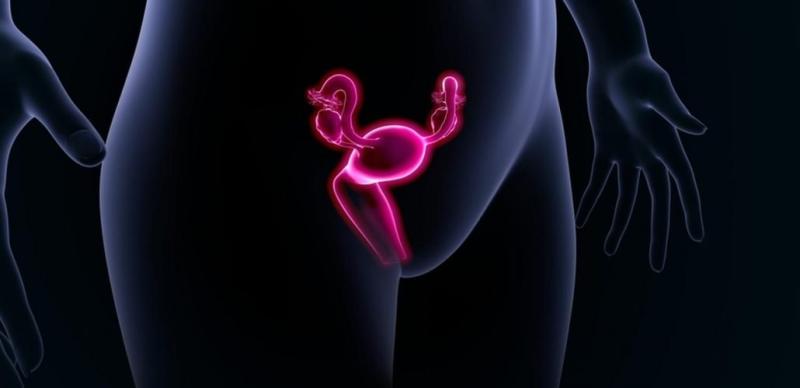Pelvic Floor Dysfunction: Symptoms and Treatment

Pelvic floor dysfunction (PFD) is a common condition that affects
many women, often without their knowledge. It occurs when the muscles and
tissues of the pelvic floor become weakened or overactive, leading to a variety
of symptoms.
What is the Pelvic Floor?
The pelvic floor is a group of muscles and tissues that form a
sling-like structure supporting the pelvic organs, including the bladder,
uterus, and rectum. These muscles play a crucial role in urinary and bowel
function, as well as sexual health.
Also Read: Laparoscopic Surgeon in Indore
Symptoms of Pelvic Floor
Dysfunction
The symptoms of PFD can vary widely, depending on the underlying
cause. Some common symptoms include:
·
Urinary
problems: Urinary incontinence (leakage of urine), urgency (a strong need to
urinate), frequency (frequent urination), and difficulty emptying the bladder.
·
Bowel
problems: Constipation, diarrhea, or fecal incontinence (leakage of stool).
·
Pelvic
pain: Pain or discomfort in the pelvic area, especially during or after sex.
·
Sexual
dysfunction: Difficulty achieving orgasm, pain during intercourse, or vaginal
prolapse.
Causes of Pelvic Floor
Dysfunction
Several factors can contribute to PFD, including:
·
Pregnancy
and childbirth: The strain on the pelvic floor muscles during pregnancy and
childbirth can lead to weakening.
·
Aging:
As we age, the pelvic floor muscles can naturally weaken.
·
Chronic
conditions: Conditions such as diabetes, multiple sclerosis, and Parkinson's
disease can affect pelvic floor function.
·
Surgery:
Pelvic surgery, such as hysterectomy or prostatectomy, can damage the pelvic
floor muscles.
·
Overactive
bladder: This condition can cause frequent and urgent urination, putting stress
on the pelvic floor muscles.
Diagnosis of Pelvic Floor
Dysfunction
A gynecologist in Indore can diagnose PFD through a
thorough physical examination, including a pelvic exam and evaluation of the
pelvic floor muscles. In some cases, additional tests, such as urodynamic
studies or pelvic floor muscle tests, may be necessary.
Treatment for Pelvic Floor
Dysfunction
The treatment for PFD depends on the underlying cause and the
severity of the symptoms. Common treatment options include:
·
Pelvic
floor physical therapy: This involves exercises and techniques to strengthen
and coordinate the pelvic floor muscles.
·
Biofeedback:
This therapy uses sensors to help patients learn to control their pelvic floor
muscles.
·
Medication:
In some cases, medication may be prescribed to treat underlying conditions or
manage symptoms.
·
Surgery:
In severe cases, surgery may be necessary to repair damaged pelvic floor
muscles or treat pelvic organ prolapse.
If you are experiencing symptoms of pelvic floor dysfunction, it's
important to seek medical attention. Early diagnosis and treatment can help
improve your quality of life and prevent complications.
Also Read: High-risk Pregnancy Treatment
in Indore









Comments